Show stopping: a new book traces Bureau Betak’s runway extravaganzas
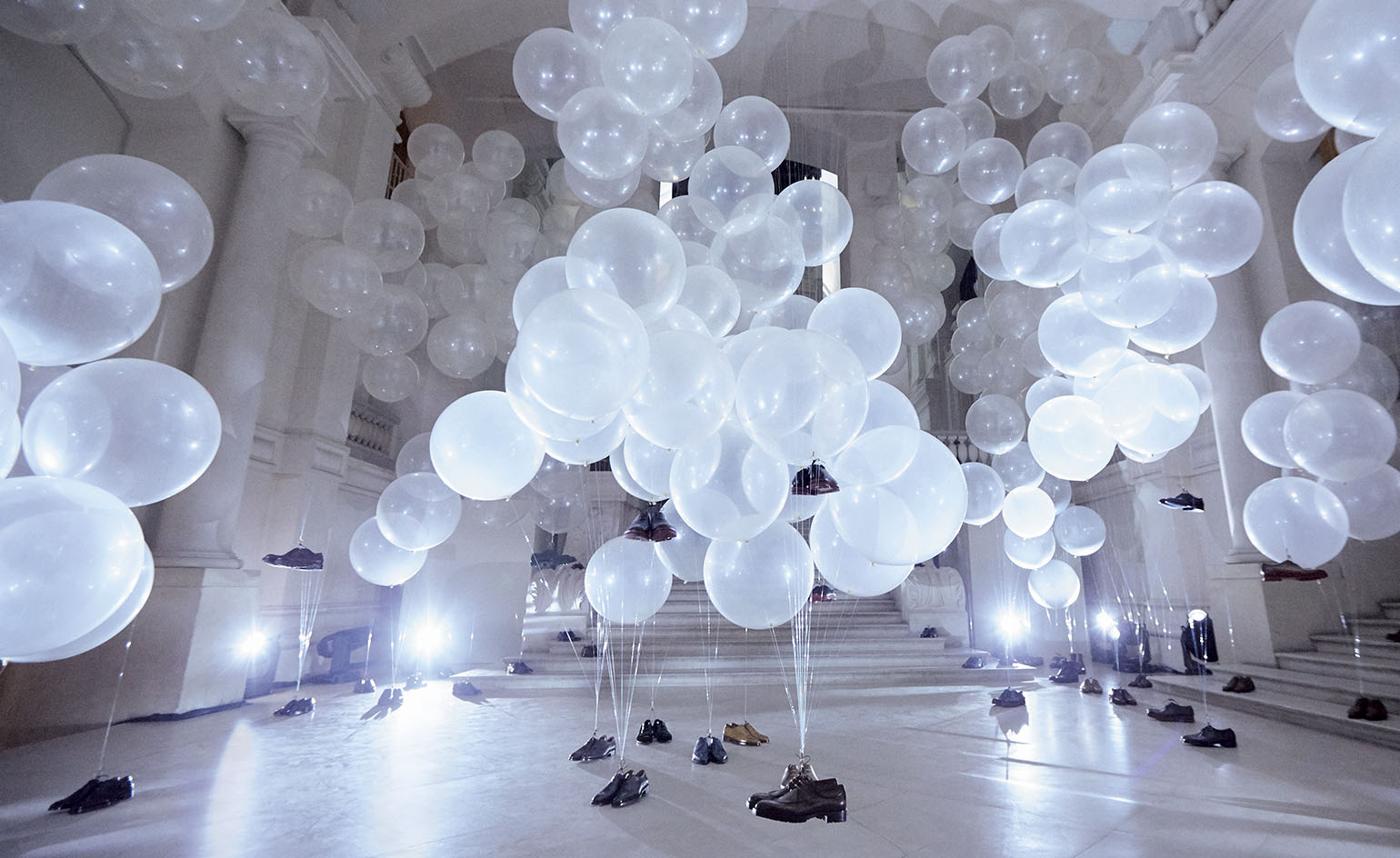
Since the early 1990s, Alexandre de Betak has created some the most memorable fashion show sets in history. This month, Phaidon publishes Betak: Fashion Show Revolution, a visual compendium chronicling his creative output for brands such as Dior, Viktor & Rolf, Hussein Chalayan and Rodarte, among many others.
Divided into four ‘acts’, the book analyses the essential components of his work: in situ, the set, light, and performance. These chapters explore different elements of Bureau Betak’s work, from its impressive locations (like the Dior A/W 2017 show at Moscow’s Red Square, housed in a mirror-clad box) to its wide-ranging approach to set design. ‘The goal when we build a set is always to create something new,’ he says. ‘We create sets that are emotional, intellectual, or maybe even something not of this world. They are interpretive.’
The book charts over two decades of Bureau Betak’s set design (each show handily listed over four pages at the back), which has attracted a cult status that reaches well beyond fashion. ‘As a kid, I started by taking pictures, and designing installations of scenes. I got to fashion shows by chance,’ de Betak explains. ‘I started proposing myself to create sets for fashion designers with an outsider’s point of view – outsider to the brand, to the company. I think it’s important to come in with a great knowledge of what they do, but it’s also interesting to have a critical, objective, outsider point of view.’
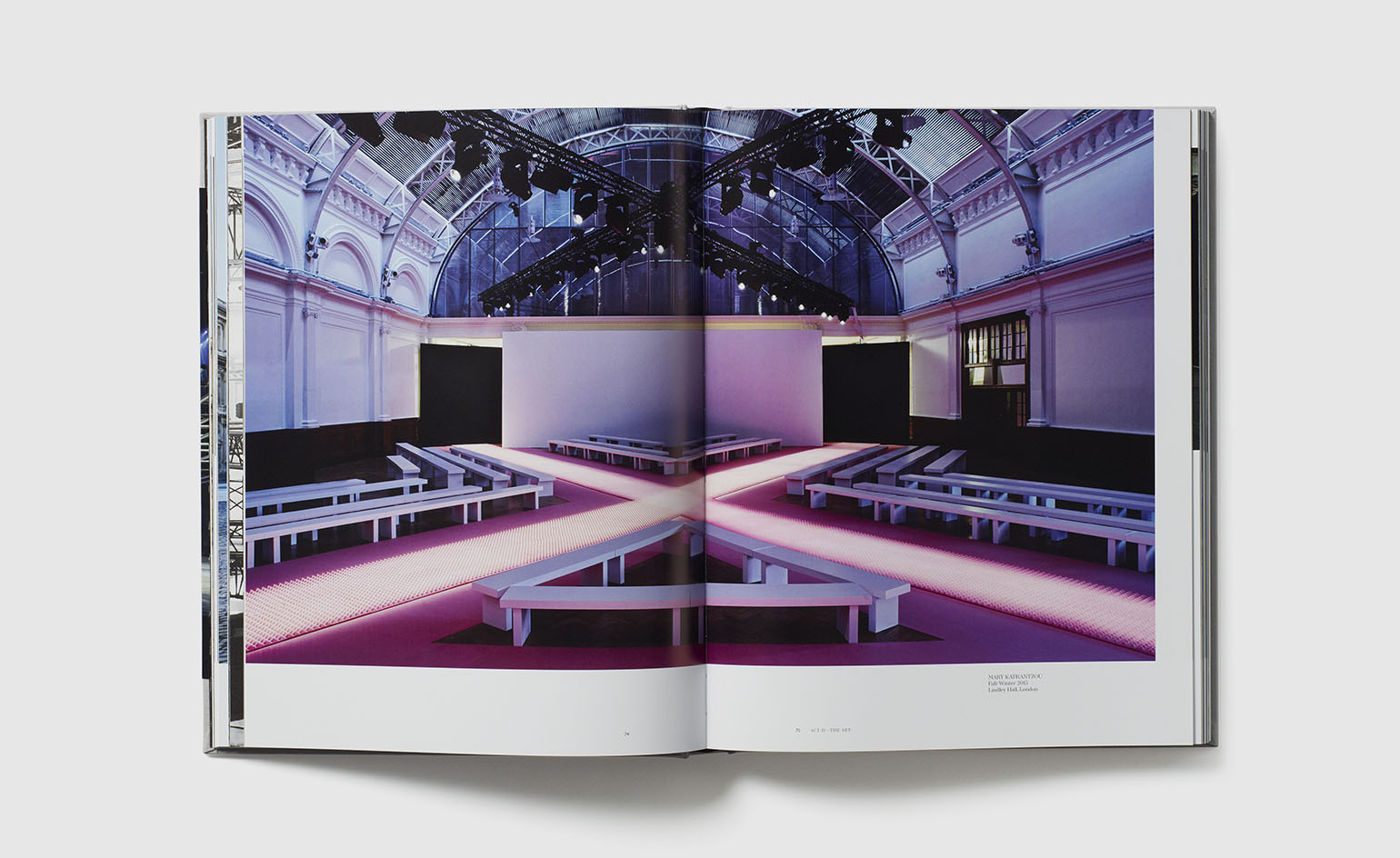
Mary Katrantzou A/W 2015, London
The revolution referenced in the book title is many-sided: de Betak has indeed turned the field on its head, but over time, the field itself has evolved. Betak explains that the the sphere of fashion shows has changed from an event for a select guests, to one that is now a public, social media spectacle.
This has ultimately affected his approach to show production. ‘It’s a drastically different story now, the audience ranges from someone very cultured and knowledgeable giving their full attention to the show, to a much wider, global audience who will see it from different points of view,’ he says. ‘We now have to make everything more condensed and more compact in its action as well as in its design, to make sure it’s relevant but still impressive and memorable on a small screen.’ De Betak adds, ‘But we still have to create shows that will last beyond the few seconds of an Instagram story.’
The book itself is an engaging – and more permanent – survey of the memorable qualities of each show; flipping through its pages, the reader finds impressive sets that have remained relevant long after the collections have left the shop floors. Take Dior’s flower-clad tents – during Raf Simons’ tenure at its creative helm – their fragrant blooms acting as spectacular symbols of the floral-focused lineage of the house, and M Dior’s passion for floriculture. Or the ethereal Berluti A/W 2015 show set, where shoes floated through the Musée des Arts Décoratifs, lifted by oversized white balloons.
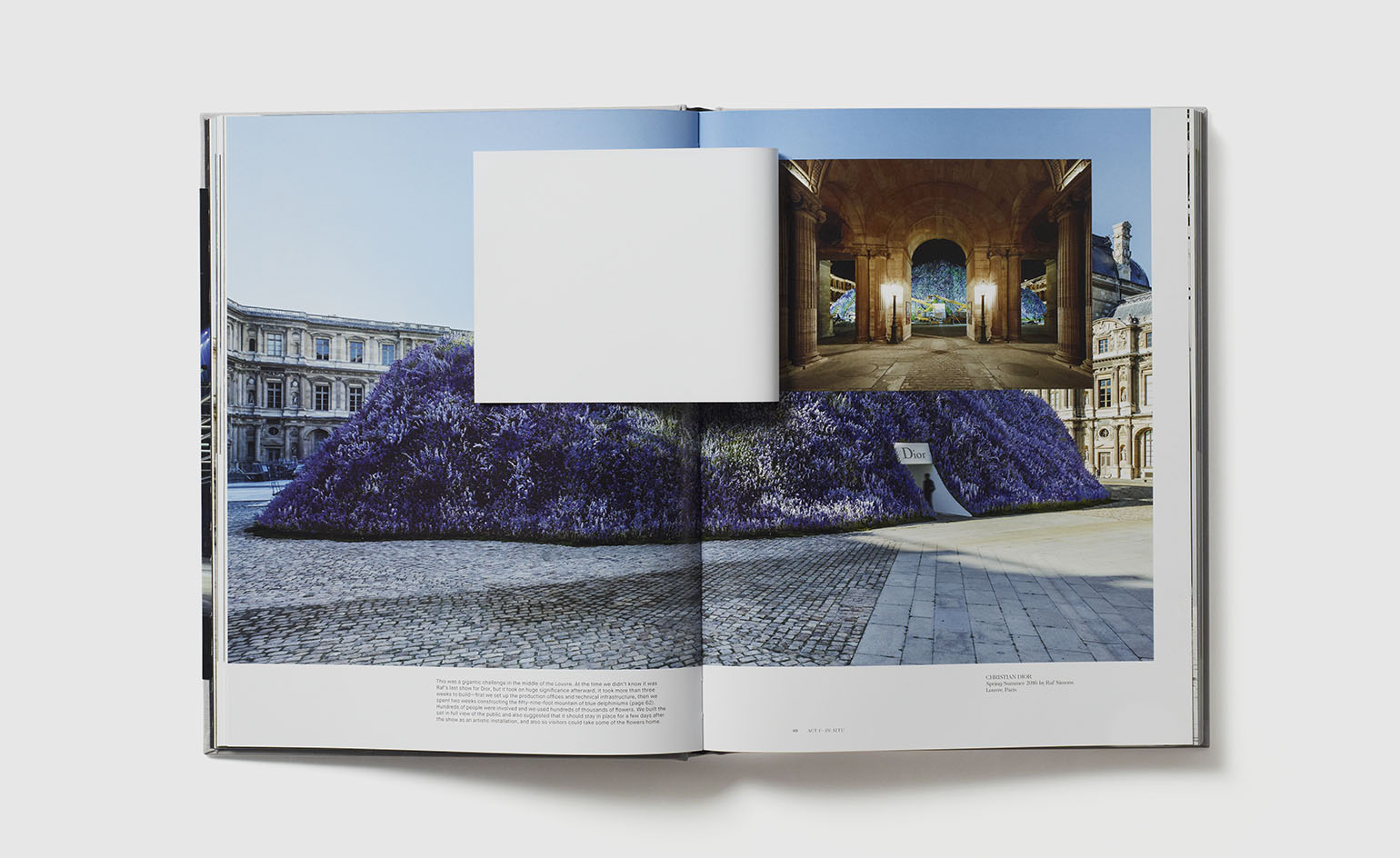
Christian Dior, S/S 2016, Paris
The next revolution, de Betak explains, will be to acknowledge that social media and technology have completely changed the fashion show as a medium. ‘We have to address that and take it to the next stage, which I think will lead to a wider variety of genres, of when, where, how and who you show to,’ he says. ‘I think there will be a larger freedom of format once we acknowledge that a lot of the events that we design become mostly digital content. But I also still think there will still be live events and shows – they are an important tool for luxury brands to remain just that.’
In the meantime, this new collection of de Betak’s work highlights that the designs he has produced over the years (and the stories behind them) can work on yet another medium: print. Designed by Patrick Li, the book features both front of house and backstage photography, dotted with essays by de Betak, an introduction by Sally Singer, and a conversation with long-term clients Laura and Kate Mulleavy of Rodarte. Li added small ‘windows’ on some of the pages, which can be lifted to offer a further look into de Betak’s design.
‘People credit me often for having turned fashion shows into spectacular affairs,’ de Betak says. ‘I don’t know if I turned them singlehandedly, but I definitely addressed them as a design element in addition to the clothes on the catwalk.’
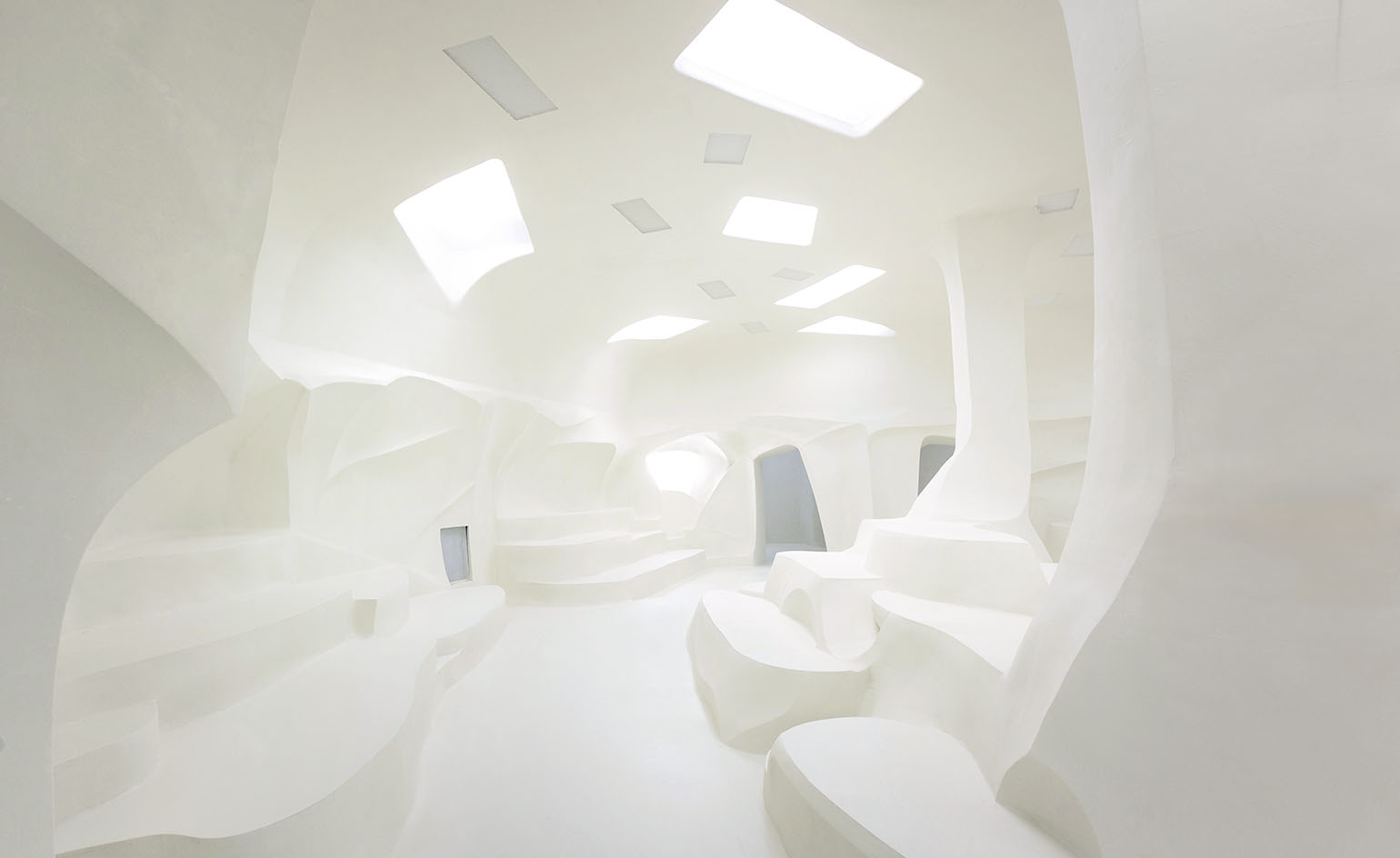
Christian Dior haute couture S/S 2014, by Raf Simons, Musée Rodin, Paris.
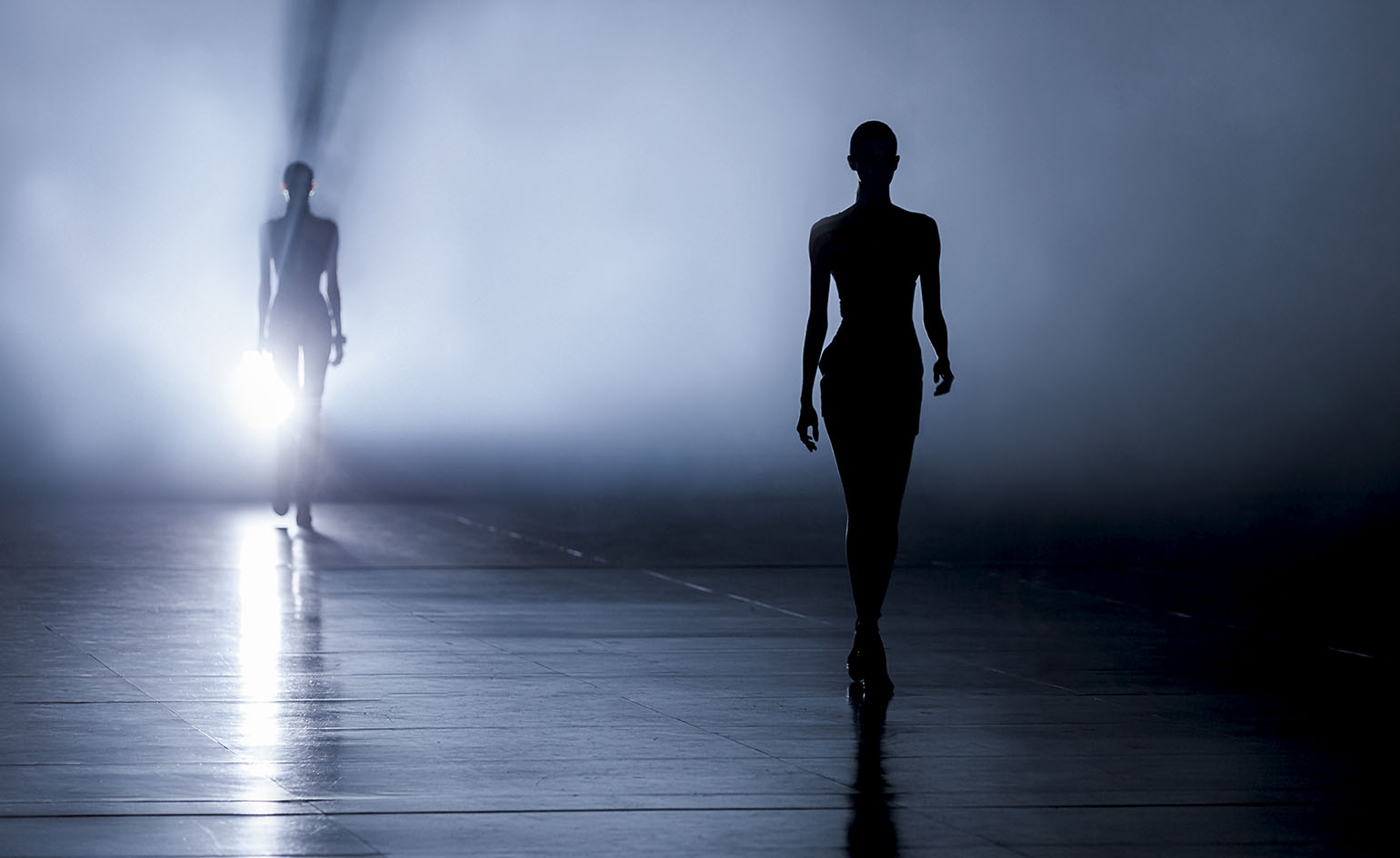
Anthony Vaccarello A/W 2012, Cité de la Mode et du Design, Paris.
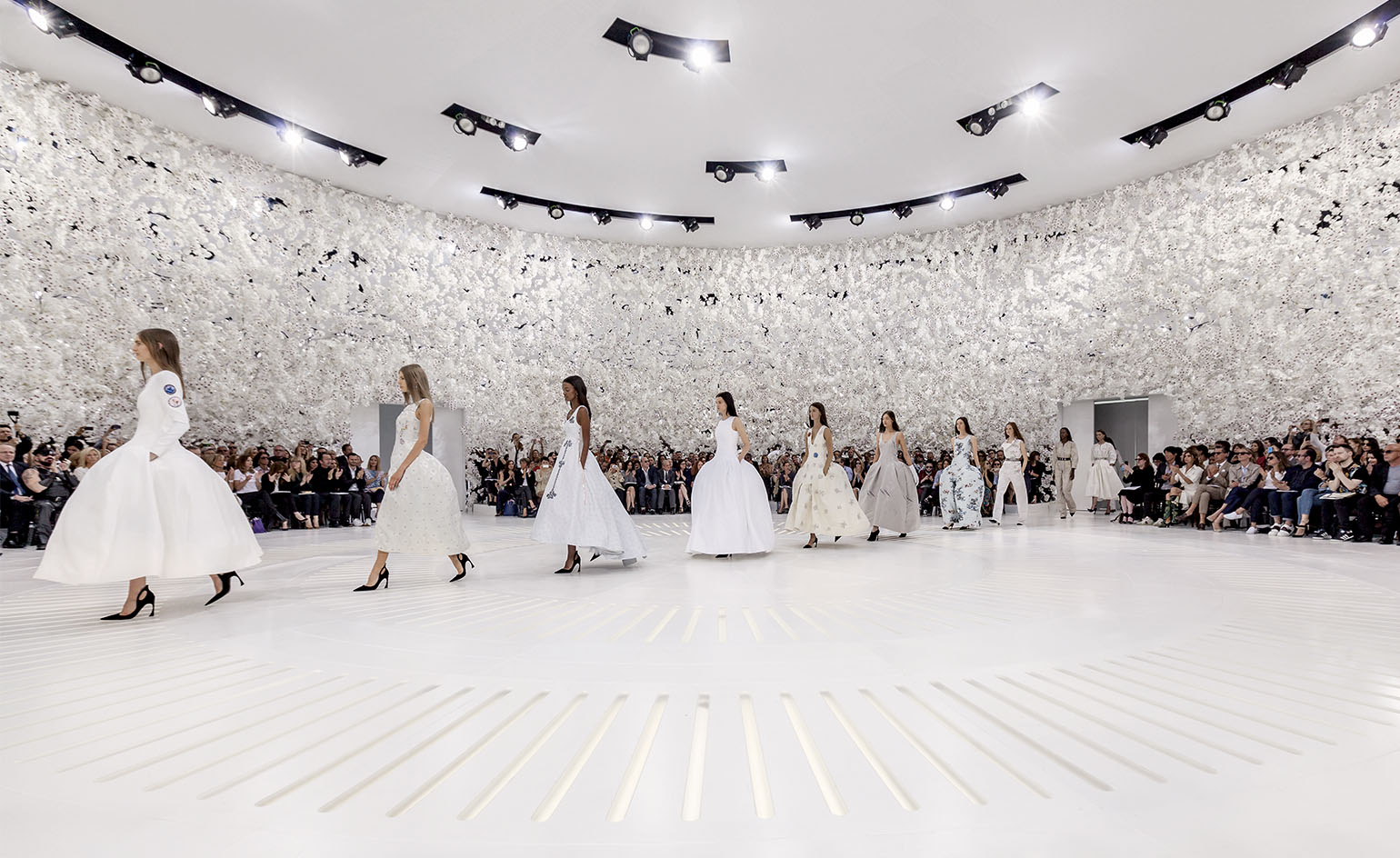
Christian Dior haute couture A/W 2014 by Raf Simons, Musée Rodin, Paris.
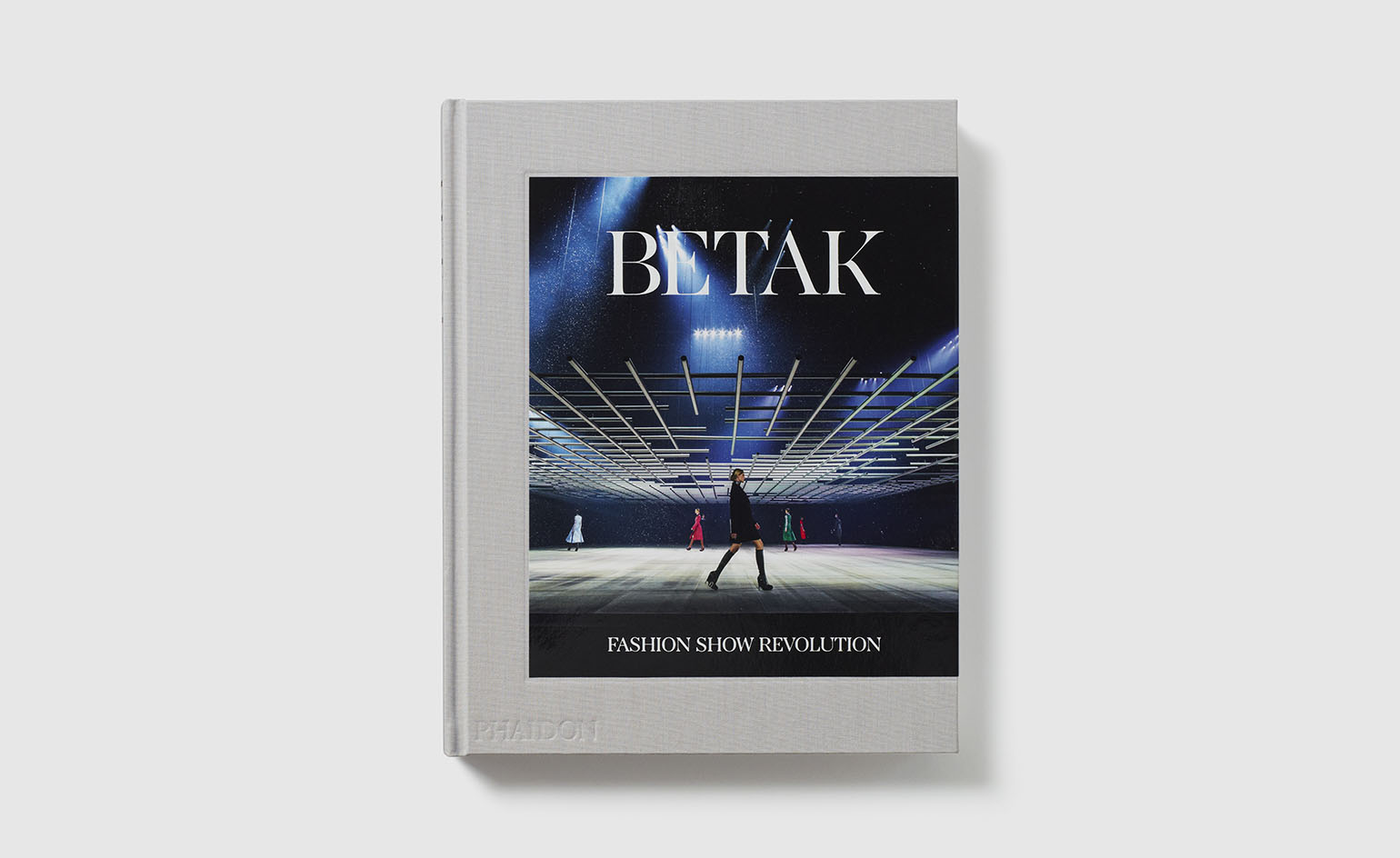
Betak: Fashion Show Revolution charts over two decades of Alexandre de Betak’s set design
For Christian Dior’s S/S 2016 show, Raf Simons and Bureau Betak joined forces to create one of the most ambitious sets of the season. Inside a blue Delphinium-covered hill erected in the centre of the Cour Carrée, a pristine white space was lit by a set of four robotic arms equipped with multiple spotlights
INFORMATION
Betak: Fashion Show Revolution, £69.95, published by Phaidon
Wallpaper* Newsletter
Receive our daily digest of inspiration, escapism and design stories from around the world direct to your inbox.
Rosa Bertoli was born in Udine, Italy, and now lives in London. Since 2014, she has been the Design Editor of Wallpaper*, where she oversees design content for the print and online editions, as well as special editorial projects. Through her role at Wallpaper*, she has written extensively about all areas of design. Rosa has been speaker and moderator for various design talks and conferences including London Craft Week, Maison & Objet, The Italian Cultural Institute (London), Clippings, Zaha Hadid Design, Kartell and Frieze Art Fair. Rosa has been on judging panels for the Chart Architecture Award, the Dutch Design Awards and the DesignGuild Marks. She has written for numerous English and Italian language publications, and worked as a content and communication consultant for fashion and design brands.
-
 ‘Humour is foundational’: artist Ella Kruglyanskaya on painting as a ‘highly questionable’ pursuit
‘Humour is foundational’: artist Ella Kruglyanskaya on painting as a ‘highly questionable’ pursuitElla Kruglyanskaya’s exhibition, ‘Shadows’ at Thomas Dane Gallery, is the first in a series of three this year, with openings in Basel and New York to follow
By Hannah Silver
-
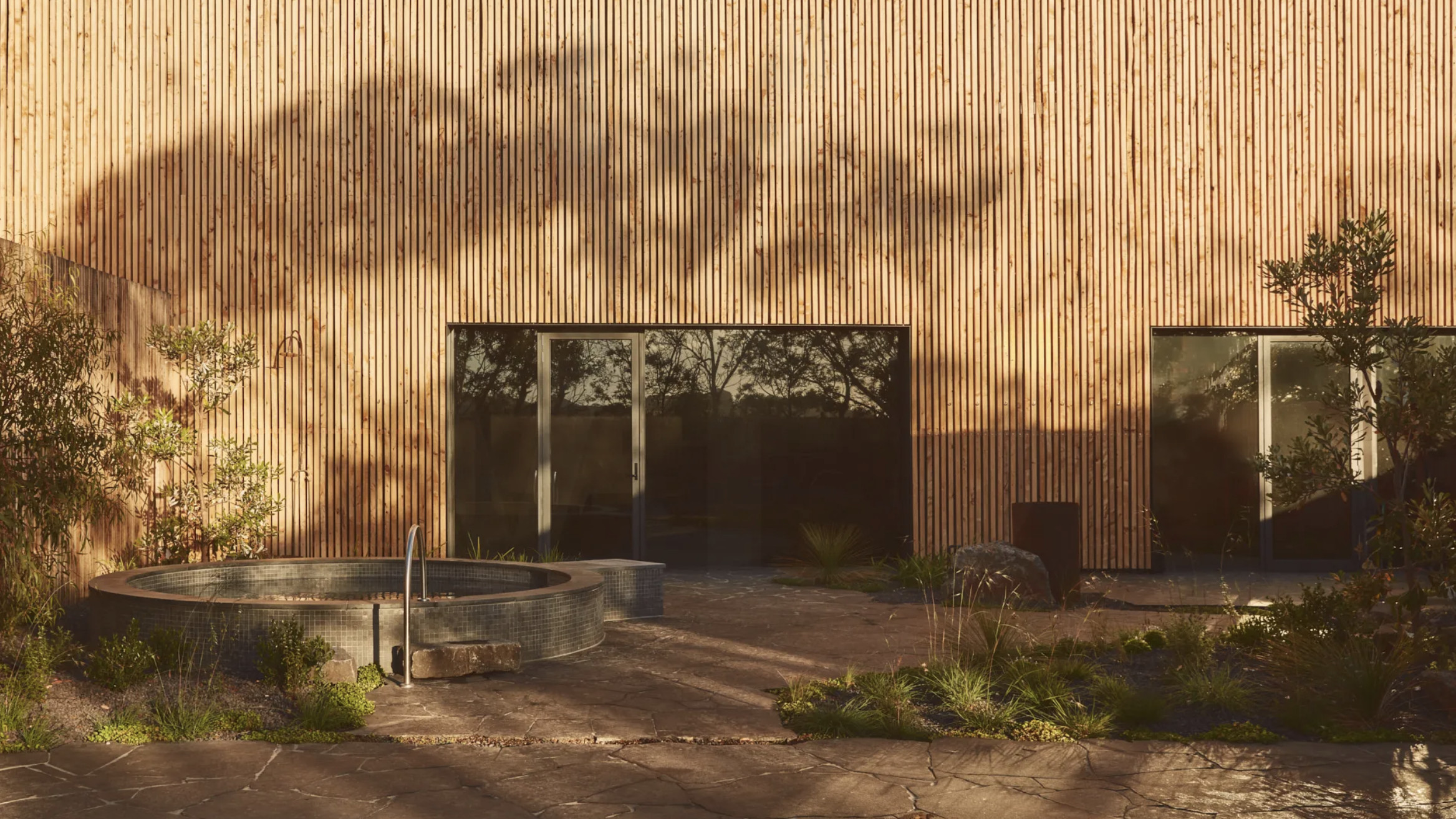 Australian bathhouse ‘About Time’ bridges softness and brutalism
Australian bathhouse ‘About Time’ bridges softness and brutalism‘About Time’, an Australian bathhouse designed by Goss Studio, balances brutalist architecture and the softness of natural patina in a Japanese-inspired wellness hub
By Ellie Stathaki
-
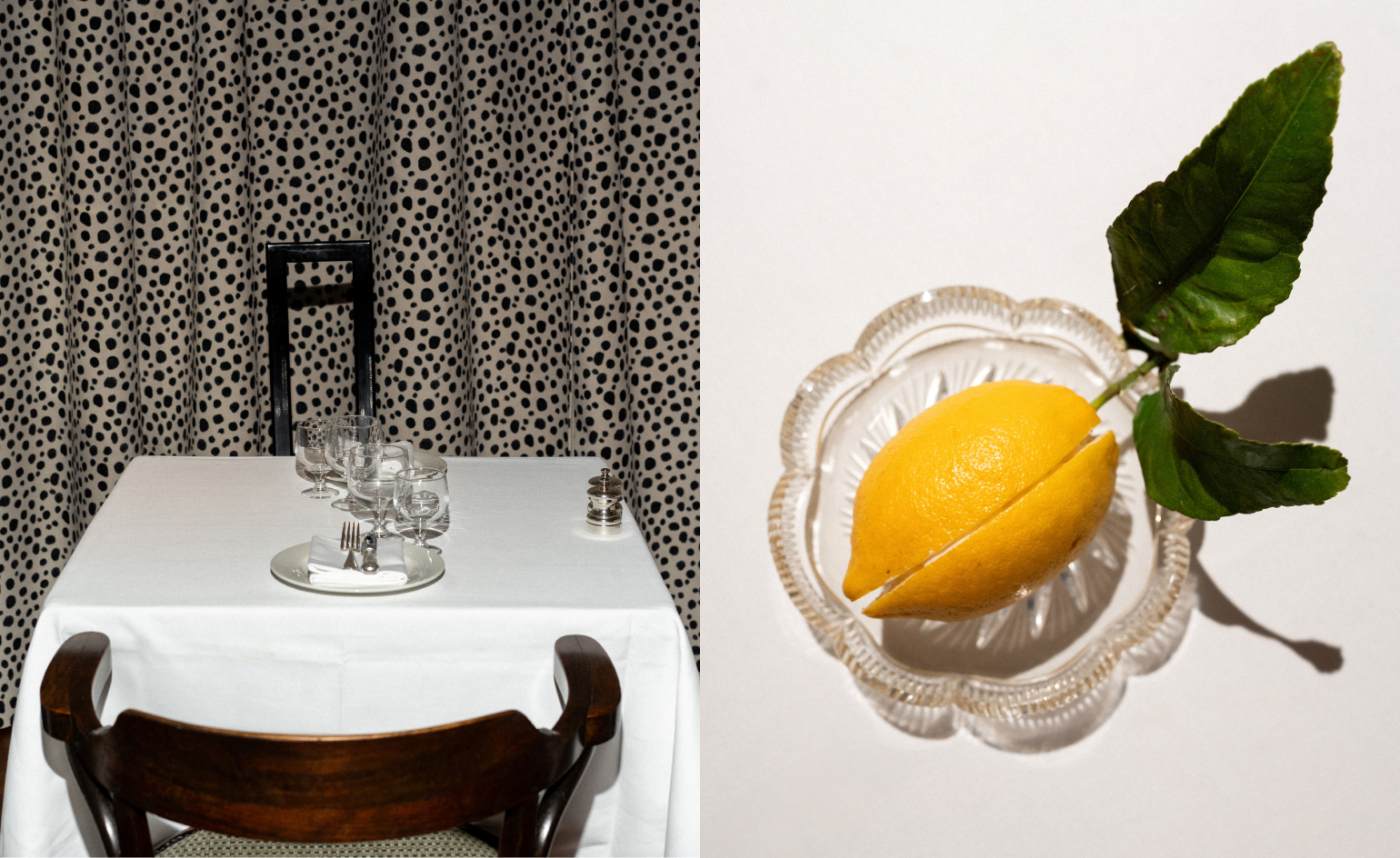 Marylebone restaurant Nina turns up the volume on Italian dining
Marylebone restaurant Nina turns up the volume on Italian diningAt Nina, don’t expect a view of the Amalfi Coast. Do expect pasta, leopard print and industrial chic
By Sofia de la Cruz
-
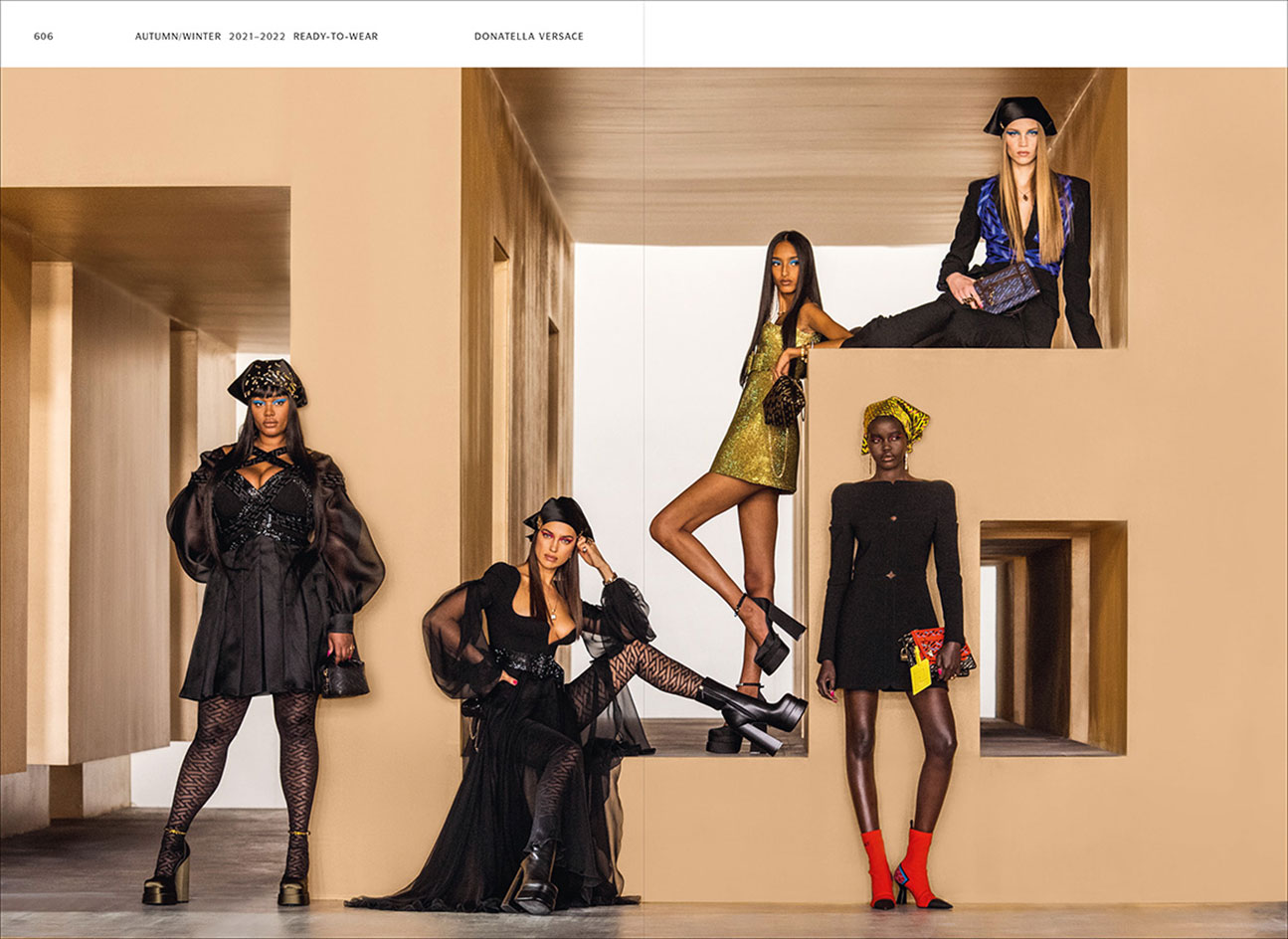 Now you can admire every Versace catwalk look from your bookshelf
Now you can admire every Versace catwalk look from your bookshelfDive into this Versace-celebrating book, which amasses more than 40 years of fashion shows and 1,200 catwalk images
By Laura Hawkins
-
 Fine print: the fashion brands getting bookish for S/S 2019
Fine print: the fashion brands getting bookish for S/S 2019By Laura Hawkins
-
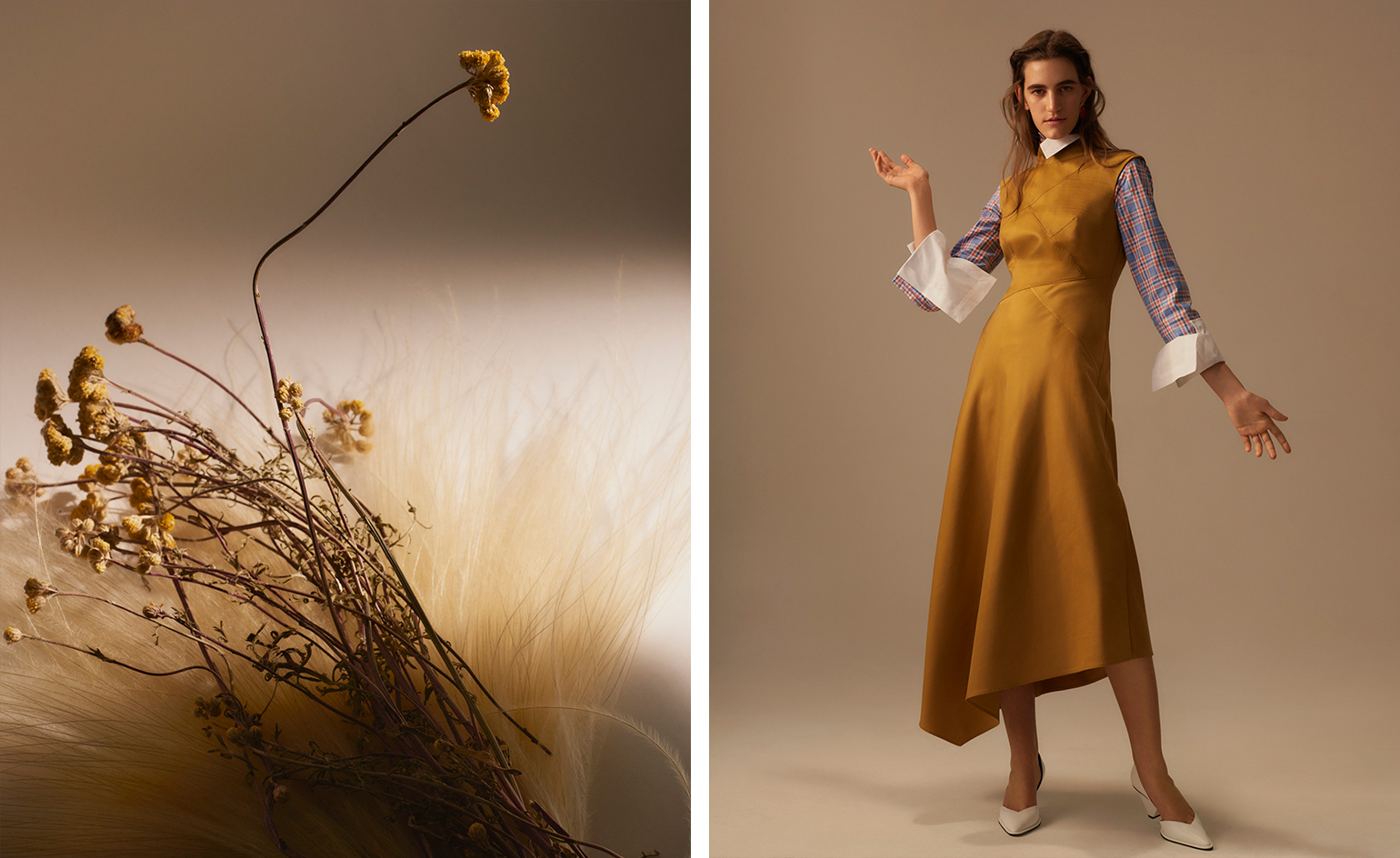 Second nature: sharp silhouettes and sculptural still lifes collide in Jaeha’s latest collection
Second nature: sharp silhouettes and sculptural still lifes collide in Jaeha’s latest collectionBy Sophie Bew
-
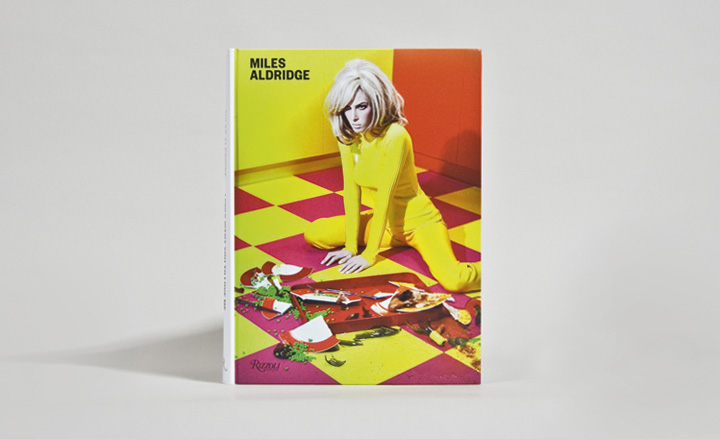 Book: 'I Only Want You to Love Me' by Miles Aldridge
Book: 'I Only Want You to Love Me' by Miles AldridgeBy Ellen Himelfarb